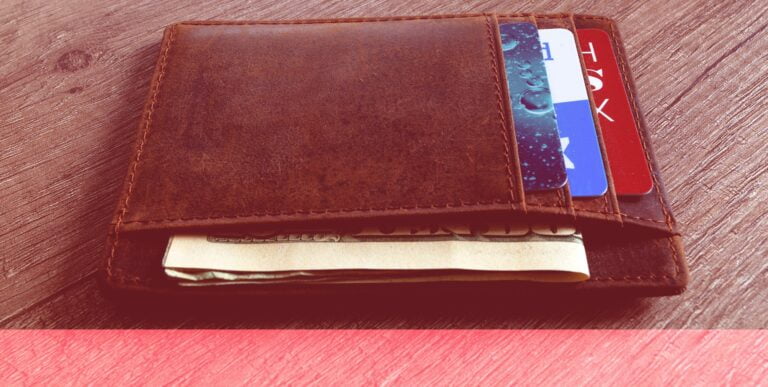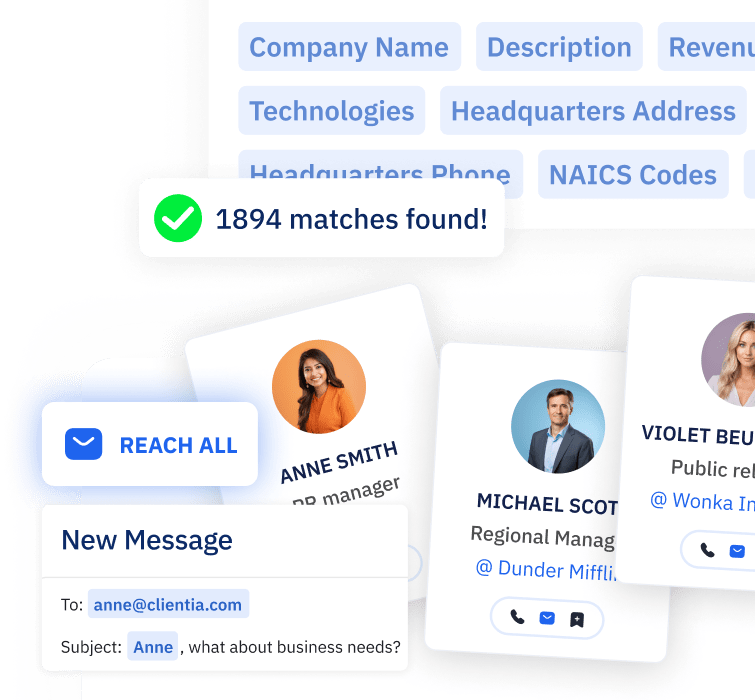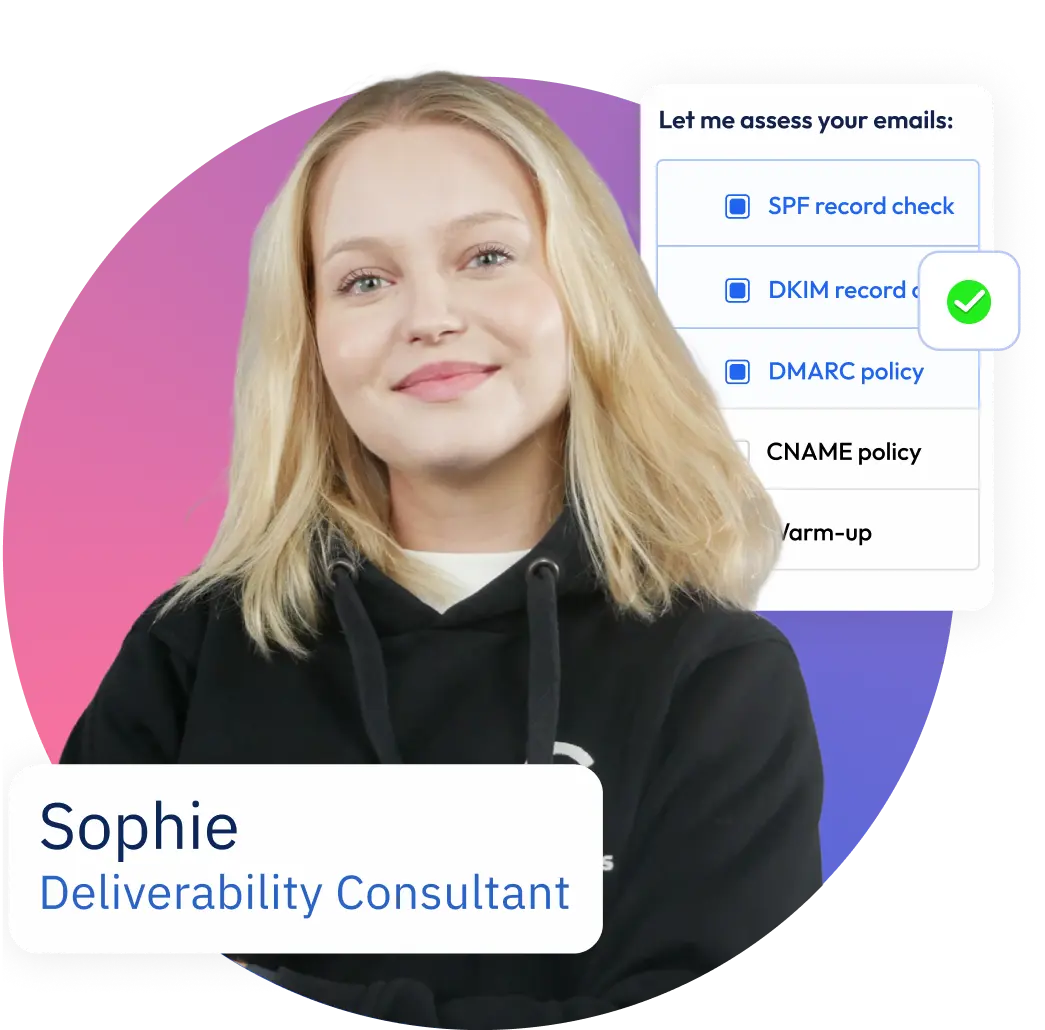“Your price is too high!”
If salespeople got a dime for every time they heard that, they wouldn’t need a job in sales.
But there’s no need to panic when you hear a price objection. In fact, a price objection can actually be good news — it may mean the buyer is serious about making a purchase and is just trying to negotiate a lower price.
We’ve learned at Straight North that there are a number of ways to respond to price objections.
Here are five responses to price objections that are tried and true.
If you practice and perfect them, you’ll never be thrown off by price objections; in fact, you may start looking forward to them.
1. “At what price would you be ready to place an order?”
This is nice because it moves directly from a price objection into a close, but in a very professional way. When prospects say the price is too high, they are asking for a concession, so it’s only fair that you should ask for a commitment in return.
If the customer tells you what that price is, you’re probably going to get the business. If the customer hedges, then you have discovered there is at least one other obstacle besides price to overcome.
2. “Would you be willing to buy a larger quantity to obtain a lower price?”
This is a simple but effective negotiating technique. If you are selling a very competitive product that is reordered frequently, it’s certainly to your advantage to sell a larger quantity and give yourself more time to strengthen the relationship before the next order rolls around.
3. “Is there anything besides price keeping you from placing an order?”
Buyers often use price as a shield to hide other objections they are reluctant to discuss. For instance, a buyer may not have enough authority to make a decision, or the current supplier is the nephew of a board member.
Whatever the underlying problem is, it’s always better to address it before entering into price negotiations, because the other objection(s) is likely to be harder to overcome — and without overcoming it, no price will ever be low enough.
Seek, pick, and reach
Connect with your potential customers
-
180m+ contacts
-
Advanced filtering
-
Multichannel sequences
-
CRM integrations
Seek, pick, and reach
Connect with your potential customers
- 180m+ contacts
- Advanced filtering
- Multichannel sequences
- CRM integrations
4. “What besides a lower price would make it attractive for you to place an order?”
If you’re in a position where you can’t reduce your price or don’t want to, perhaps you can find another incentive to make your overall proposal appealing.
Options you can give the buyer, if he or she has no response, include extended warranties, free service packages, free add-on items, extended billing terms, cash discounts, and rebates.
5. “Would you be willing to place a trial order at the quoted price to verify the value?”
If you know you have a superior product or service that justifies a higher price, this response may be more effective than debating features and benefits with a stubborn buyer.
It could also be that the buyer is interested but has not been able to sell your product or service internally. A trial order will give you a chance to sell the whole company — and successfully defend your price in the process.
Pricing is always a matter of give and take. It’s important to keep your cool and not get argumentative when you hear a price objection.
Even if you are right in knowing your product or service is worth every penny, and even if you suspect the buyer knows this, you won’t get very far by picking a fight.
Strategically, the best way to approach price objections is in the spirit of cooperation — that’s the common denominator of these five responses.
Do you have any effective responses to price objections? We would love to know what they are.























